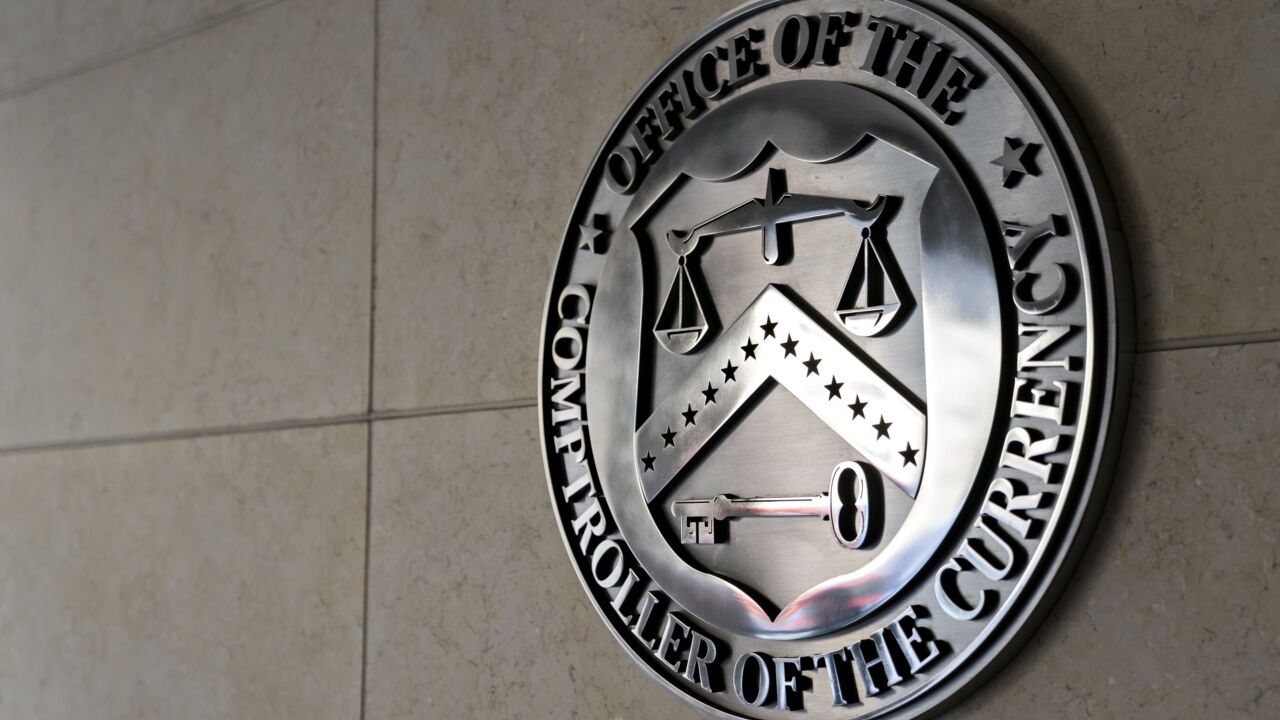Rising interest in the emergence of mobile-payment technologies for smartphones appears to be spurring a gold-rush mentality among would-be developers looking to produce the next hit mobile-payment application.
The latest example was a “Pitch That App!” event staged Aug. 17 at a Dave and Busters restaurant in Irvine, Calif., that drew more than 100 participants, according to its sponsor, mobile-marketing and payments company Monster Offers.
San Diego-based Monster, which develops daily-deal marketing offers customers may redeem via smartphones and payment services through its ZalaPay subsidiary, invited the public to present mobile apps that specifically combine mobile payments with mobile banking services, promising to award a $500 ZalaPay prepaid card to the best application developers.
Attendance exceeded expectations, and “nearly every app” presented combined both mobile payment with mobile banking, a Monster spokesperson tells PaymentsSource.
The judging panel is still evaluating the competitors’ apps before awarding prizes, the spokesperson says. Monster plans to hold another event “within the next few months” at another location that has not yet been determined, he adds.
The app-pitching event underscores the excitement about emerging opportunities in mobile payment, although it is an unlikely forum for discovering a breakthrough application that will achieve widespread adoption, one analyst suggests.
“This looks like a unique way for one company to generate ideas through crowd-sourcing and to build interest in mobile applications in general,” Todd Ablowitz, president of Centennial, Colo.-based Double Diamond Group LLC, tells PaymentsSource.
The brass ring for many amateurs dabbling in mobile payments would be to develop an application that combines mobile banking with payments and advertising or rewards that would catch on widely among consumers, Ablowitz speculates.
But the odds of succeeding that way are small, he believes.
“We’re seeing an explosion of innovation in payments similar to what happened in the early days of the Internet, when all kinds of people developed prototypes of Web browsers and search engines, but only a few survived,” Ablowitz says.
Smartphone-based mobile-payment applications are certainly proliferating, “but the shakeout between apps and survivors will take years, and the winners are probably going to be big players and those that already have a big head start and existing reach to consumers,” he says.
It will be “10 years at minimum” before the average consumer can conduct all routine transactions via a smartphone, Ablowitz predicts.
“Ultimately, I think mobile payment will be much bigger than anyone realizes, but it’s going to take much longer than anyone realizes to become an everyday reality,” he says.
What do you think about this? Send us your feedback.





